How we got there
Navigating the Amazon River is one of the 10 things to do in life if Pachamama is your belief in this life. We decided to follow it from its origins in Peru to its estuary in Brazil. To make this adventure even more real, we have also decided to tackle the journey in absolute and total autonomy by traveling the various routes on the Great River only and exclusively using public river transport.
Backpack, hammock with insect cover and goodwill. The stages along the way were many, tiring and unforgettable together: Iquitos and its forests, the villages, the manatees, the pink river dolphins, the forest, the slow flowing water, the nights in the hammock in the midst of hundreds of locals and very few tourists, the sunsets over the Rio, the borders, the canoe explorations and the night walks in the forest, the unexpected white beaches, the oppressive heat. There was just everything we expected!
INFO
-
from Iquitos to Leticia – 1 day speed boat or “x” days by normal boat
-
from Leticia to Manaus – 3 days by normal boat
-
from Manaus to Santarem – 2 days by normal boat
-
from Santarem to Alter do Chao – 2 hours by taxi
-
from Santarem to Belem – 2 days by normal boat
-
from Belem to Macapà and Algodoal – one full day by bus plus boat
PHOTO GALLERY AMAZON RIVER https://www.aguaplano.org/en/photos-of-the-amazon/
Historical Facts
The Amazon River, known in Spanish as Rio Amazonas, was born in Peru from Nevado Mismi – Department of Arequipa – at a height of 5,600 meters above sea level. It is the longest river in the world – approximately 7000 km and flows into the Atlantic Ocean after passing through Peru, Colombia and Brazil in an area called the Amazon basin which includes the Amazon rainforest, the Great Lung of the World. The Amazon River boasts other numerical records: the largest river water flow in the world, an estuary of about 200 km wide and about 10,000 tributaries.
Where it is & how to get there
The minimum time to cover it all, or almost all, is about 4 weeks, from Iquitos to Belem. The opposite direction provides longer times for the fact of sailing against the current. Here we suggest our path, confident that it is a good suggestion even if others are possible. We decided to leave Iquitos to avoid a long journey, leaving even more towards the mouth (and today described as being at average risk) which can only be reached by plane or by river with extreme difficulty. We opted for the plane from Lima. We went all the way from Iquitos to the ocean on public boats, avoiding tourist tours.
From Iquitos to the triple border between Peru, Colombia and Brazil (Santa Rosa – Leticia – Tabatinga) we opted for one of the many fast boats that leave from the port of Iquitos at dawn. The journey is long and there may be unexpected stops – but frequent ones – due to shoals, especially in the months from May to October. Lances land in Santa Rosa, Peru. Here you have to be brought to the center of the country to get your exit visa from Peru. At the port there are numerous motorcycle taxis that offer round-trip service. Warning! The journey is very short although rough, negotiate the price first so as not to run into discussions.
Returning to the port there are numerous small boats that for little money ferry you to the other coast, directly to Leticia, Colombia. Here you have to get an entry visa (there is 24h time so if you arrive late you can also wait for the next morning). The visa office is not in the village but a little outside, inside the small airport. From Leticia you can walk on foot entering Brazil, to Tabatinga, because the two towns are practically united seamlessly. To continue the descent along the river you must first go back to Leticia airport and get an exit visa from Colombia and then to Tabatinga get an entry visa to Brazil (attention, the visa office in Tabatinga is an anonymous long office the main road, get help from a local to find it!).
Amazon River
In Tabatinga, be taken to the port (a little out of town) at least the day before your scheduled departure to purchase tickets for one of the various public boats that go down and up the river daily. Our advice is to stay overnight in Leticia, Colombia, much more welcoming than Tabatinga. The whole question of the various IN and OUT visas is very important because the boats leaving from Tabatinga are regularly stopped along the way by the Brazilian police who are waiting for nothing more than to find a missing visa!
From here on you sleep in the hammock on the various decks (everyone must have his own). Arrive a little before the boats leave: there are long police checks (even with dogs!) And if you are among the first in the row you can run to get a better position to hang the hammock. We recommend the higher bridges (usually there are at least two) because the lower ones are mainly for goods, noisy and polluted by engines. On boats, expect a limited number of collective bathrooms (where you can still take a shower), breakfast and dinner included in the cost of the ticket (we do not express ourselves on the quality). On boats there is usually also a small bar.
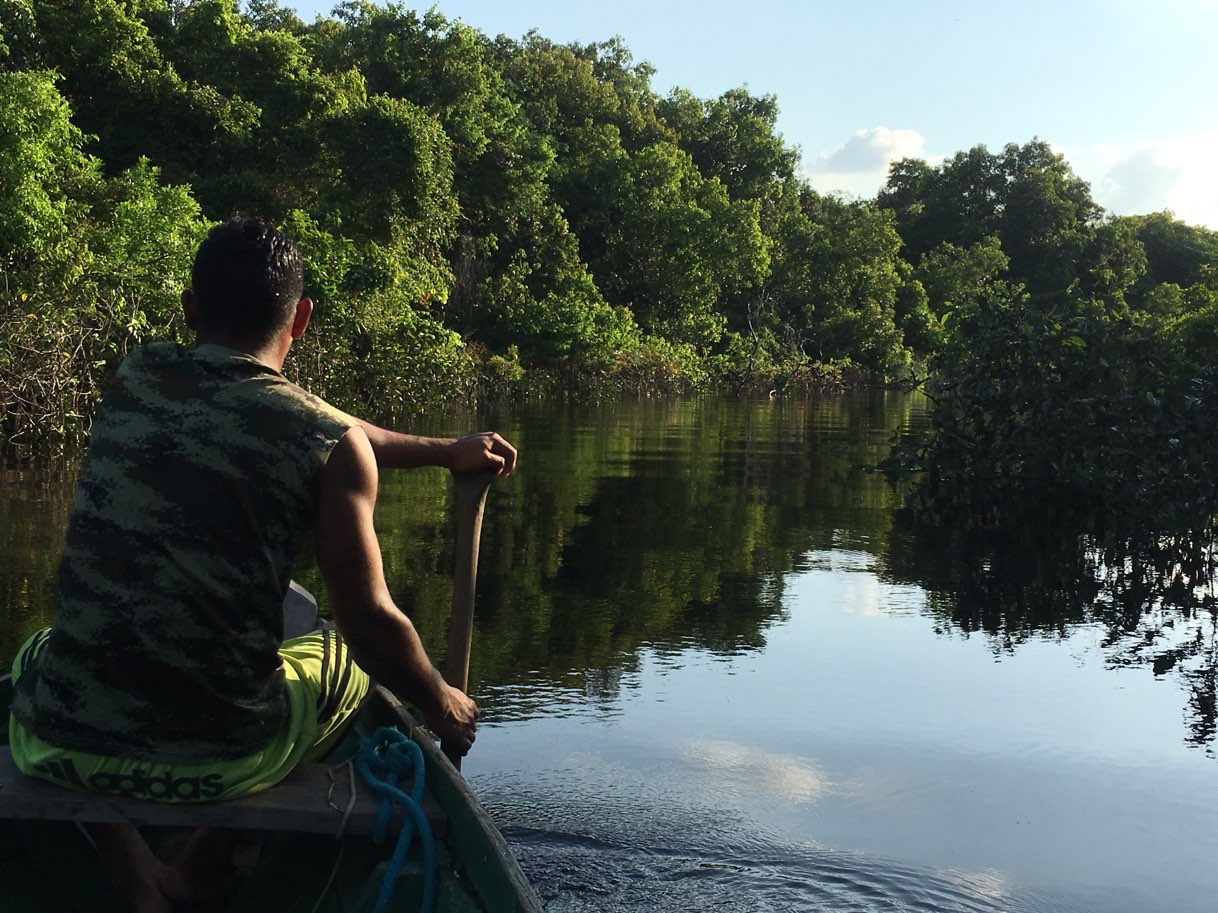
Remember that: it is better that your hammock has a mosquito net. While traveling there are no problems but during the various stages (often at night) the onslaught of insects is indescribable. Remember that: you don’t have a closed room, a wardrobe so you always keep money and personal belongings with you and tie your backpacks to your hammocks. There are no major dangers, the boats are mainly used by families and people in transit for work. The risks increase only when the boat stops in the various ports; during the stops it is better to return and stay close to your hammock and luggage. Remember that: the journey between the various chosen stages lasts each from two to three days so you must be a lover of slow and contemplative time.
Places not to be missed
-
Iquitos – Isla de Los Monos – Manatee Rescue
-
Santa Rosa/Leticia/Tabatinga – trek around Leticia
-
Manaus – Rio Negro – Rio Preto da Eva
-
Santarem – Belem
-
Alter do Chao
- Algodoal
Things to See
There are many things to see on the long journey on the Amazon River. These are our stop options. Iquitos in Peru: a city isolated from the forest. Iquitos is a special town, invaded by hundreds of thousands of motorcycle taxis. It is alive and welcoming. Fairly touristy for offer. No problem for sleeping or eating. We stayed in the B&B of Xavier (look for name …) In addition to the city, to be covered on foot as always, we recommend the Manatee Rescue Center in the surroundings, an excellent local wildlife conservation project with a special project dedicated to manatees. Iquitos can be the basis for a first Amazonian tour: we had a three day trip between the river and the forest, relying on the Manita Tour (day and night trekking, traditional villages, Isla de Los Monos. Attention: some stages a little too “tourist” ). The Santa Rosa / Peru – Leticia / Colombia – Tabatinga / Brazil border crossroads: three borders, three countries, one place on the great river. Of the three, Leticia is certainly the most welcoming and from here you can organize trekking in the forest and between rural villages. We had an interesting tour organizing ourselves with the managers of our Guest House in Leticia. Manaus: the city deserves a walking tour, has a beautiful historic center, a lively port, a famous opera house, the Amazonas Theater, which is the symbol of the city and hosts a symphonic season of the Amazonas Filarmônica orchestra as well as an opera season.
From Manaus you can go multi-day excursions on some magnificent tributaries of the Rio Amazonas: we did a two-day trip on the Rio Negro, which offers trekking in the forest, long canoe trips on the river, encounters with pink dolphins. It can be reached from Manaus with a two-hour drive to a small boat landing in the middle of nowhere and from there you can reach a landing in the forest by boat as a base for excursions. We then added, in the following days, a spectacular tour on the Rio Preto by Eva, a minor tributary: for this reason it offers a really close immersion in the forest. Trekking, villages, nature, waterfalls. It can be reached from Manaus by car to the embarkation point. From here there are about 25 kilometers to go by small motor boat (a trip not to be missed) to the Guest House lost in nothing. The possible excursions from here are innumerable. Santarem and Alter do Chao: Santarem is a city like many others, it has its beauties and its ugliness. We only used it as a base to reach the incredible paradise of Alter do Chao: “Caribbean” river islands in the center of the Amazon. This is a place not to be missed. It can be reached by taxi or bus with about two hours of travel. The small village, touristy but not distorted, offers many sleeping options. From the village on the river, with 5 minutes of boats offering ferries all day, you land on the tiny sandy islands – which offer small bars and restaurants – and you can spend hours of rest between baths in crystal clear waters – sweet! – walks, mangroves and silence. An incredible place!
Where to sleep and eat
On this trip you sleep and eat mainly on boats. The cost is not high. In the stages of departure – stop on the mainland and arrival the offers of B&B, Hostal or local accommodation of different price ranges are numerous, we do not mention any in particular. Apart from the many nights spent in the hammock on the boats, we have stayed in Iquitos, Leticia, Manaus, Alter do Chao and Algodoal.


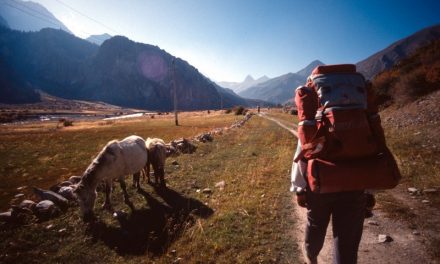
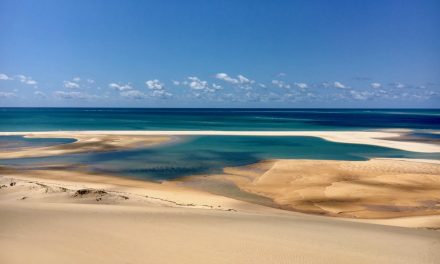
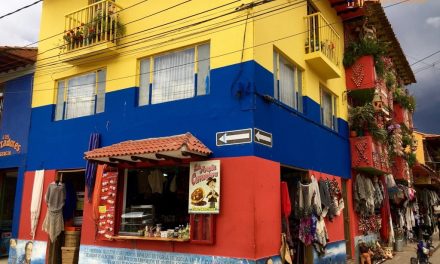
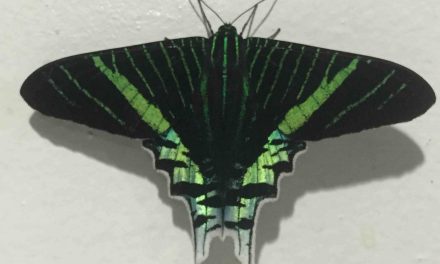


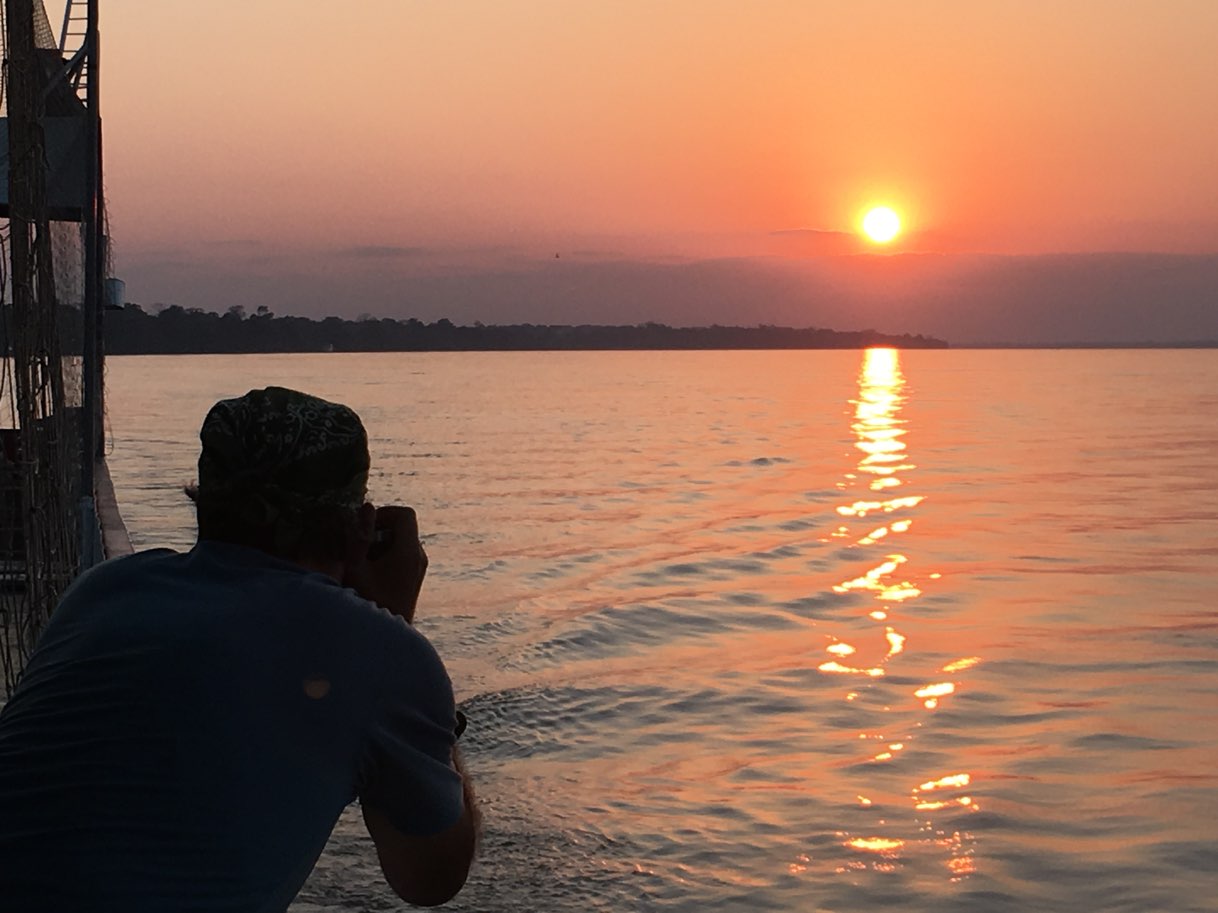
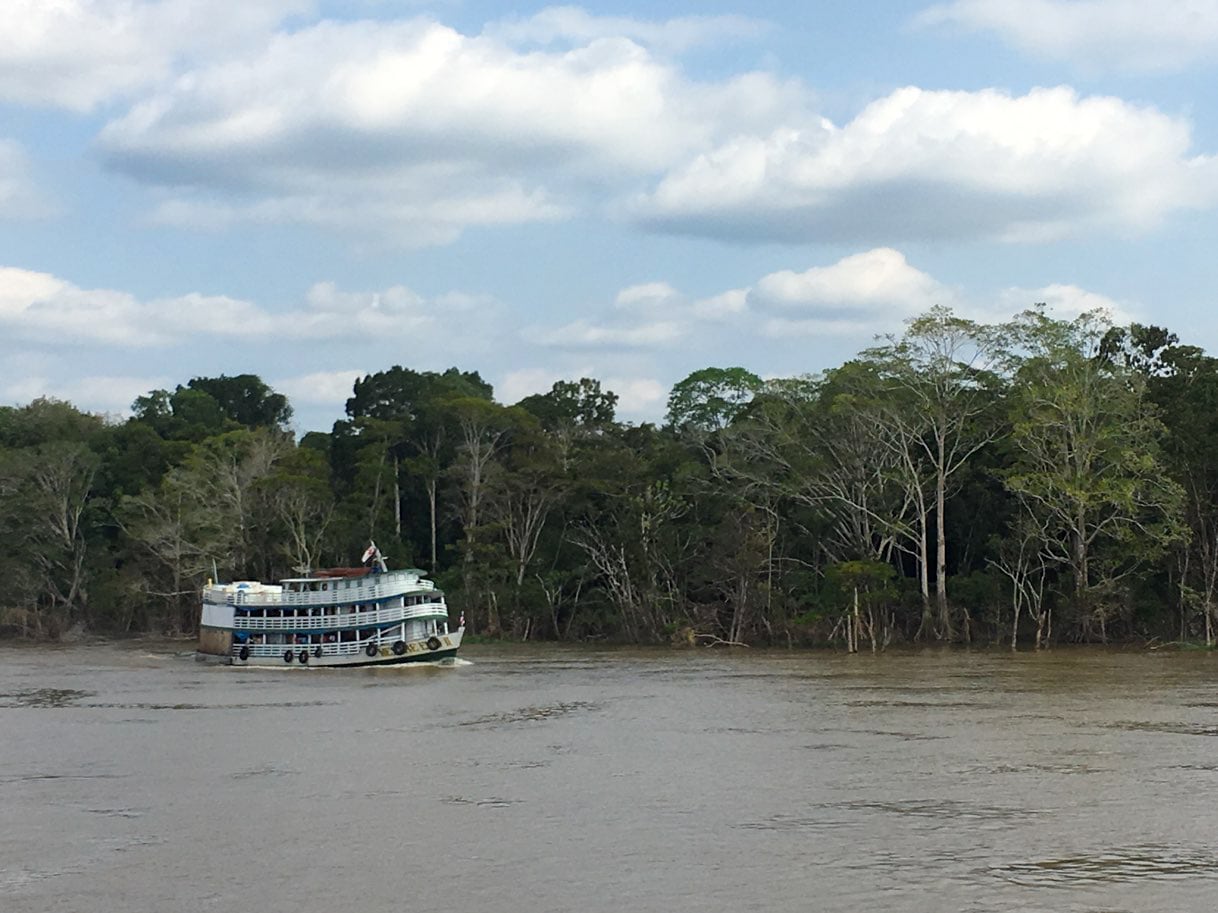
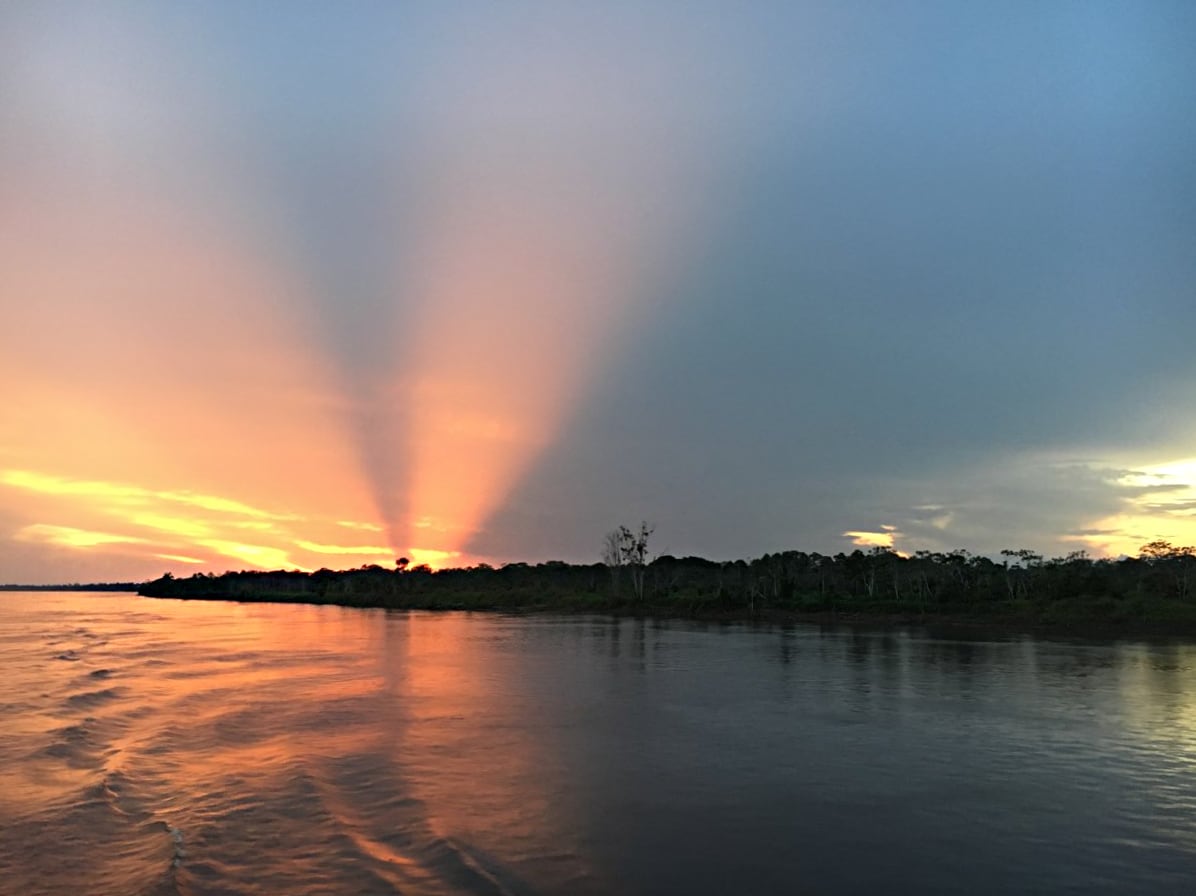

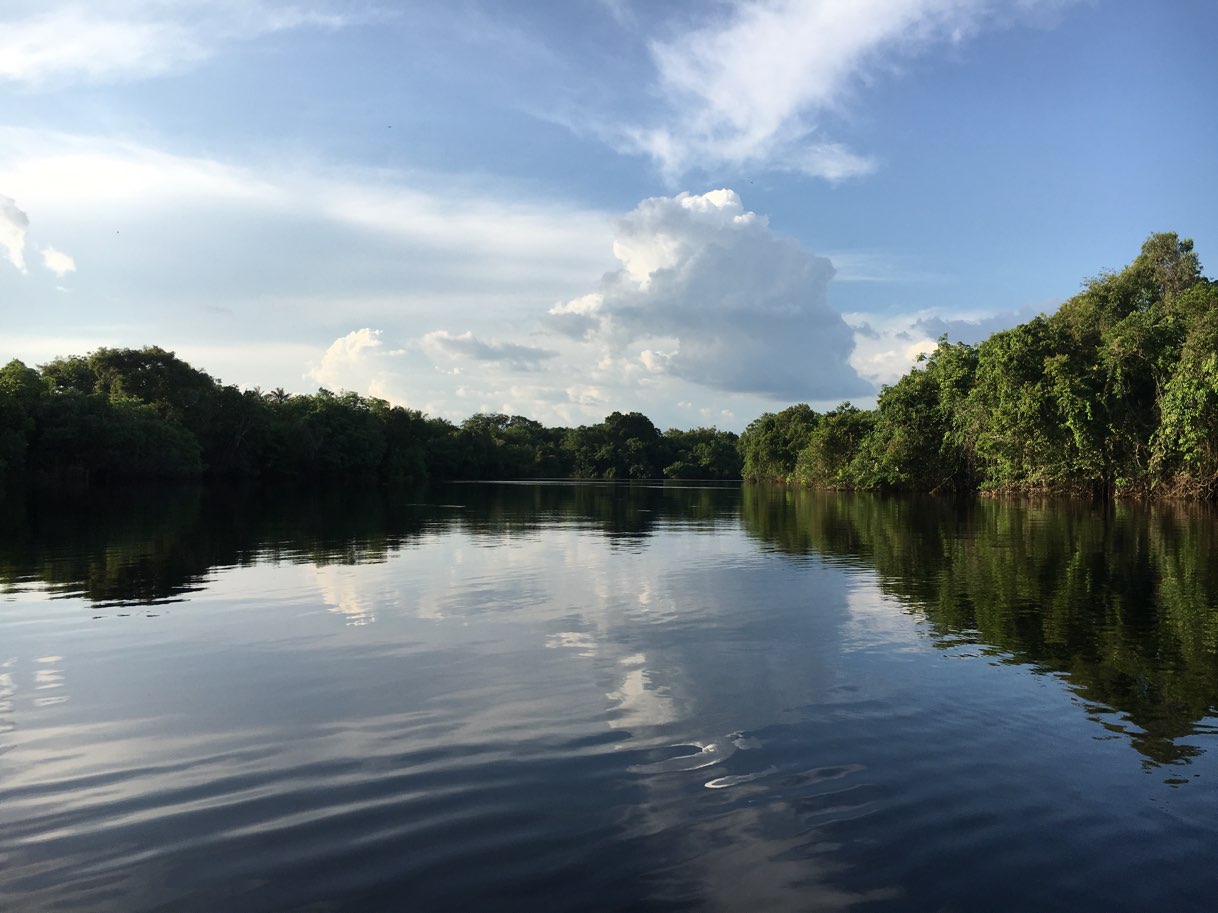

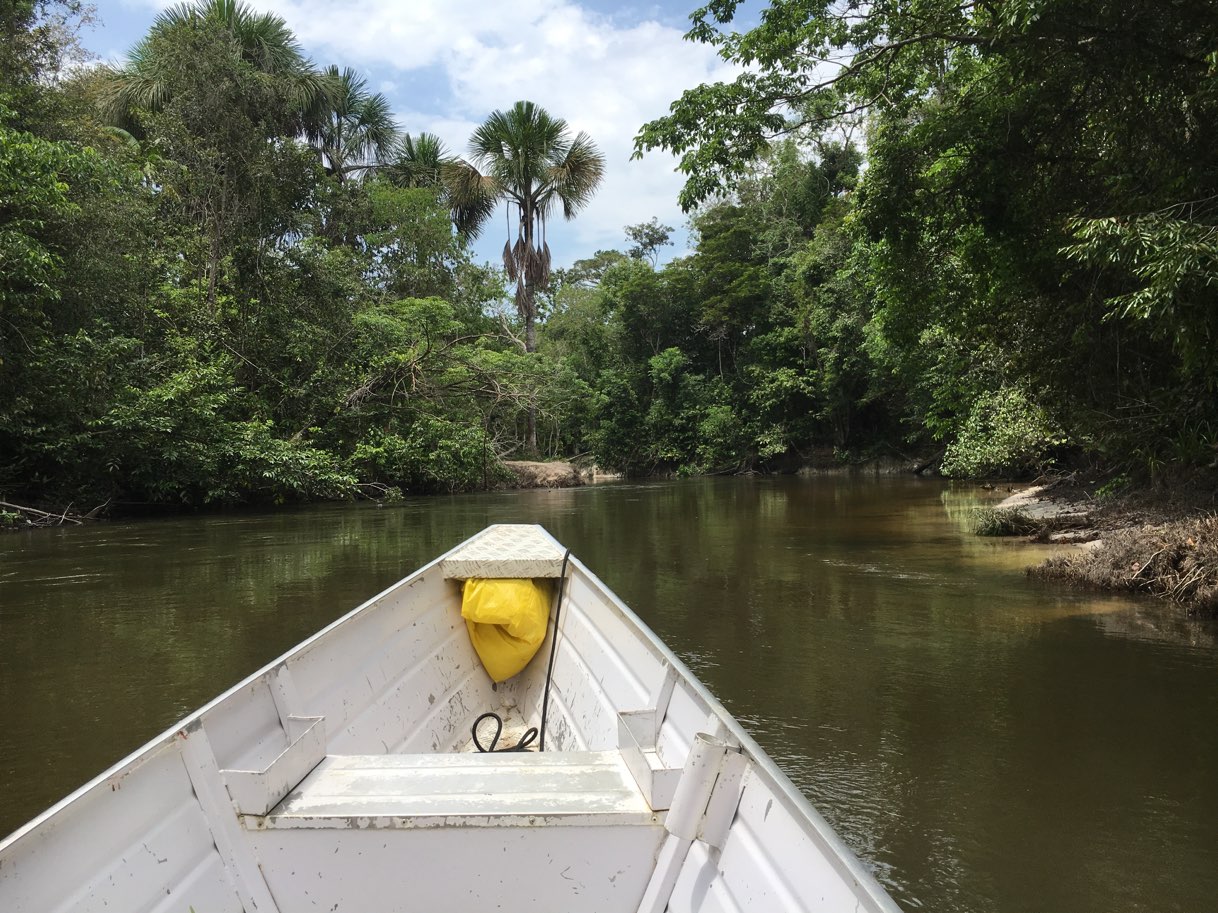

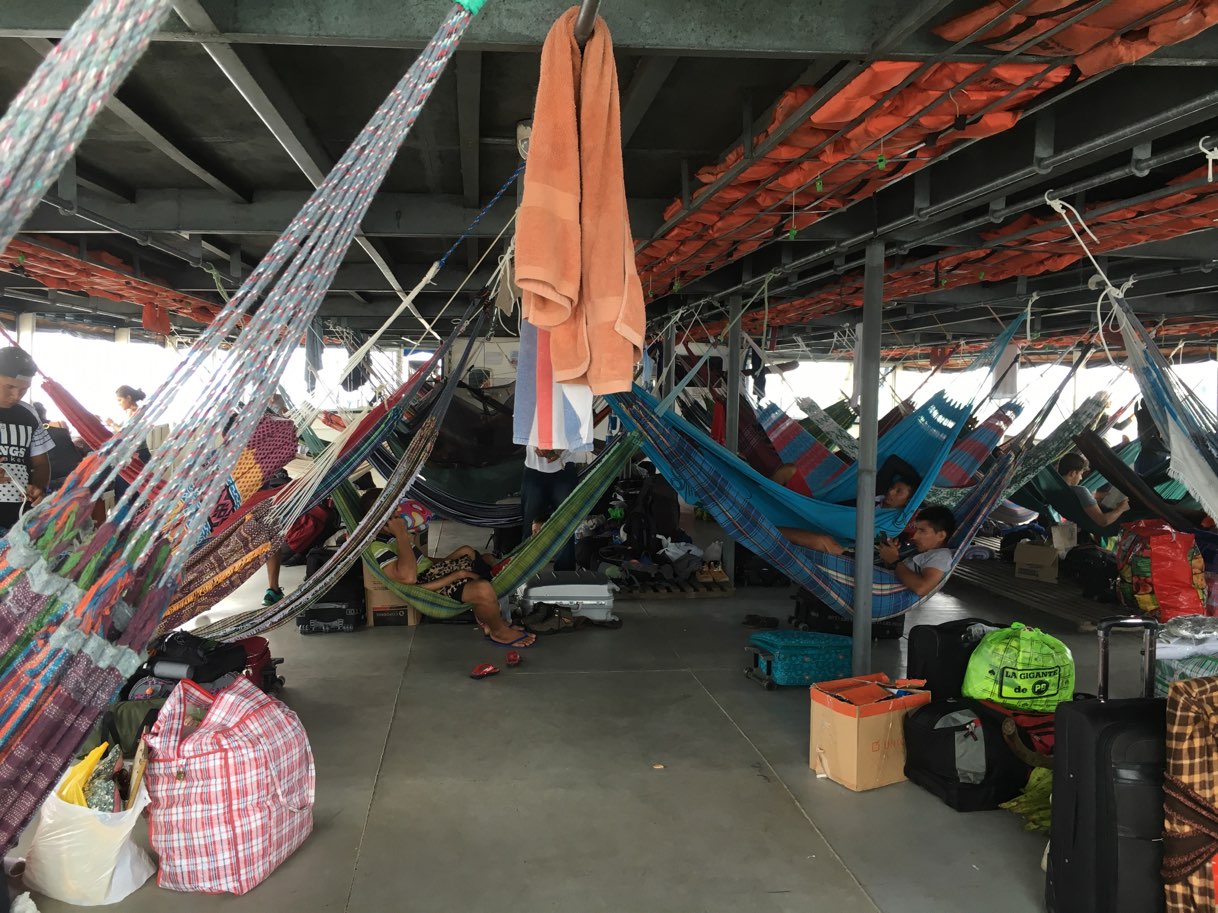
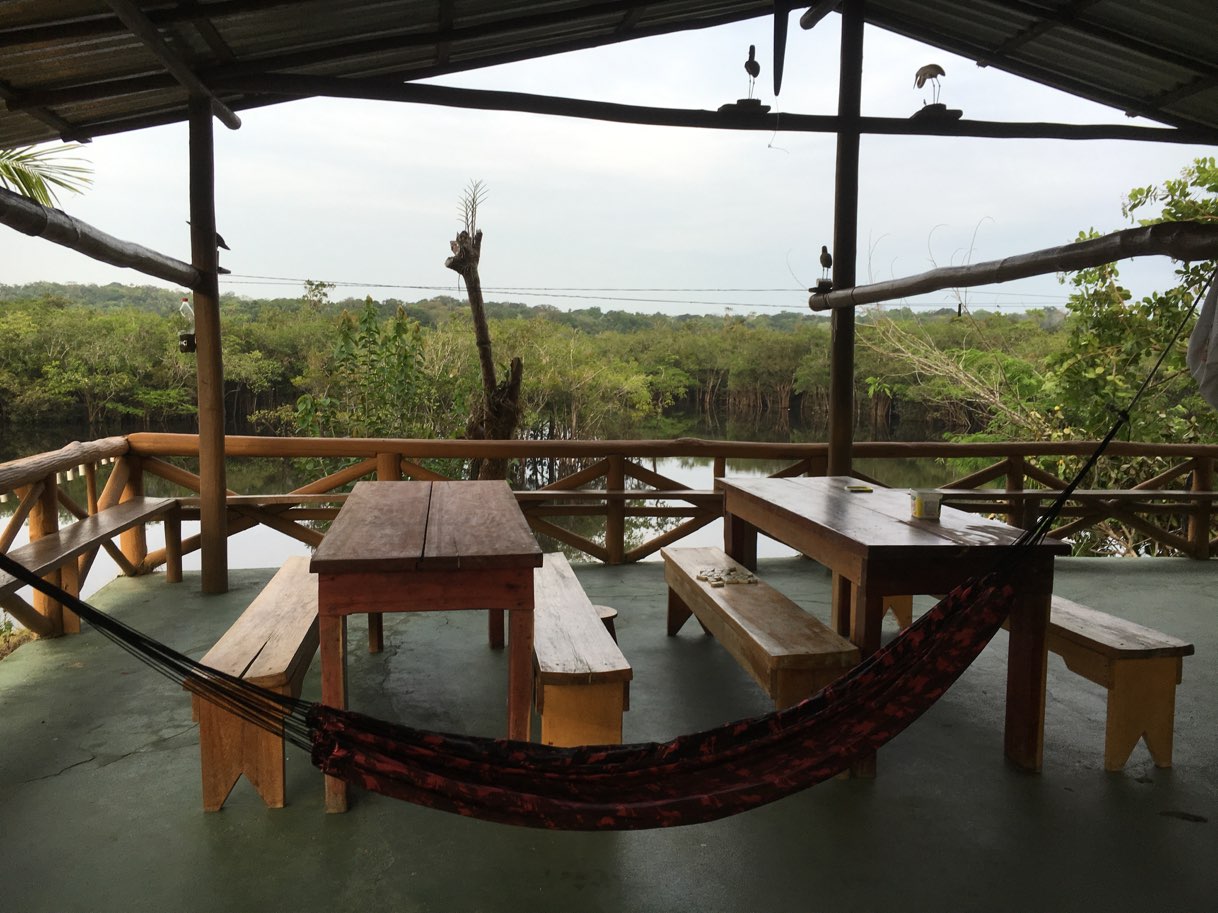
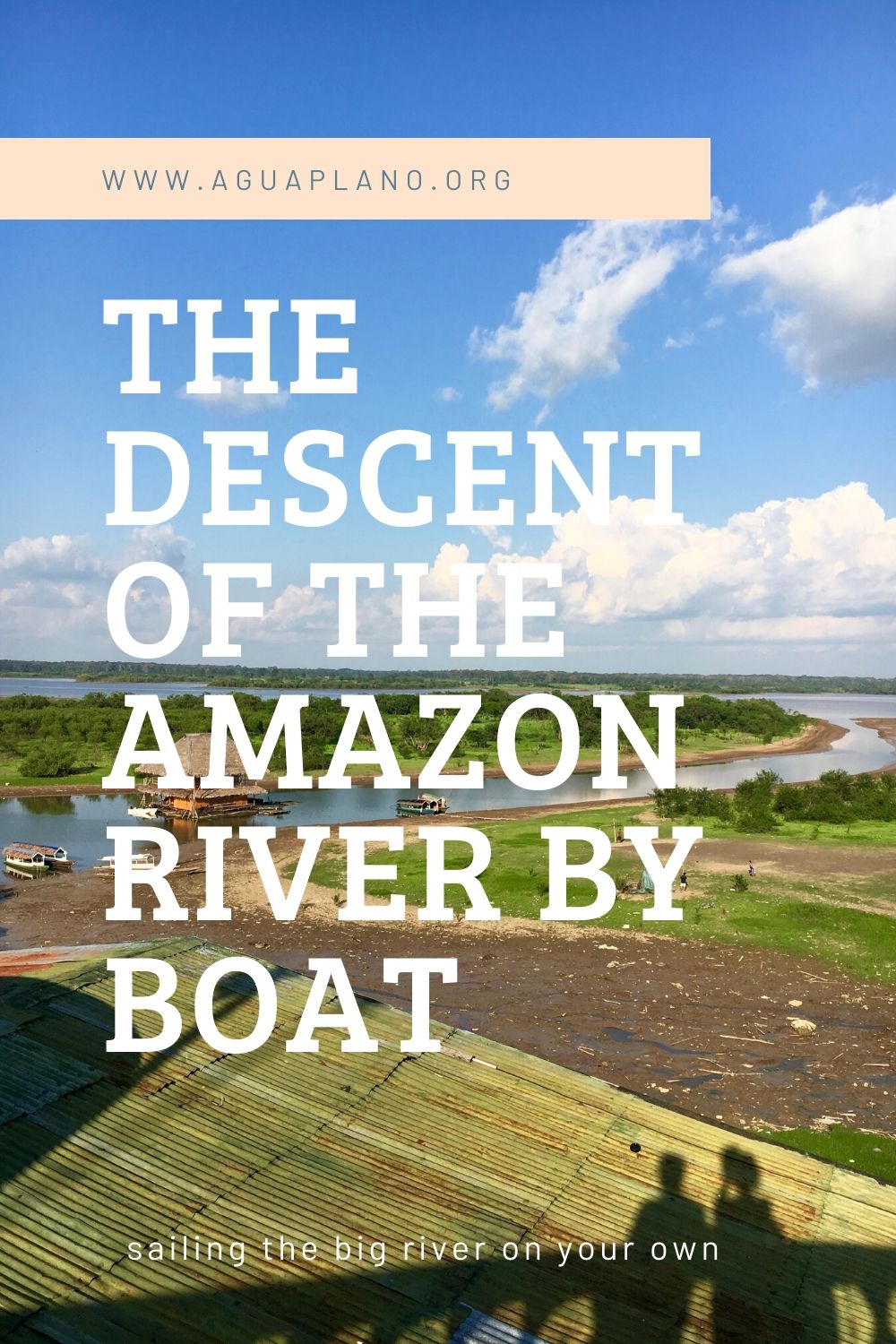
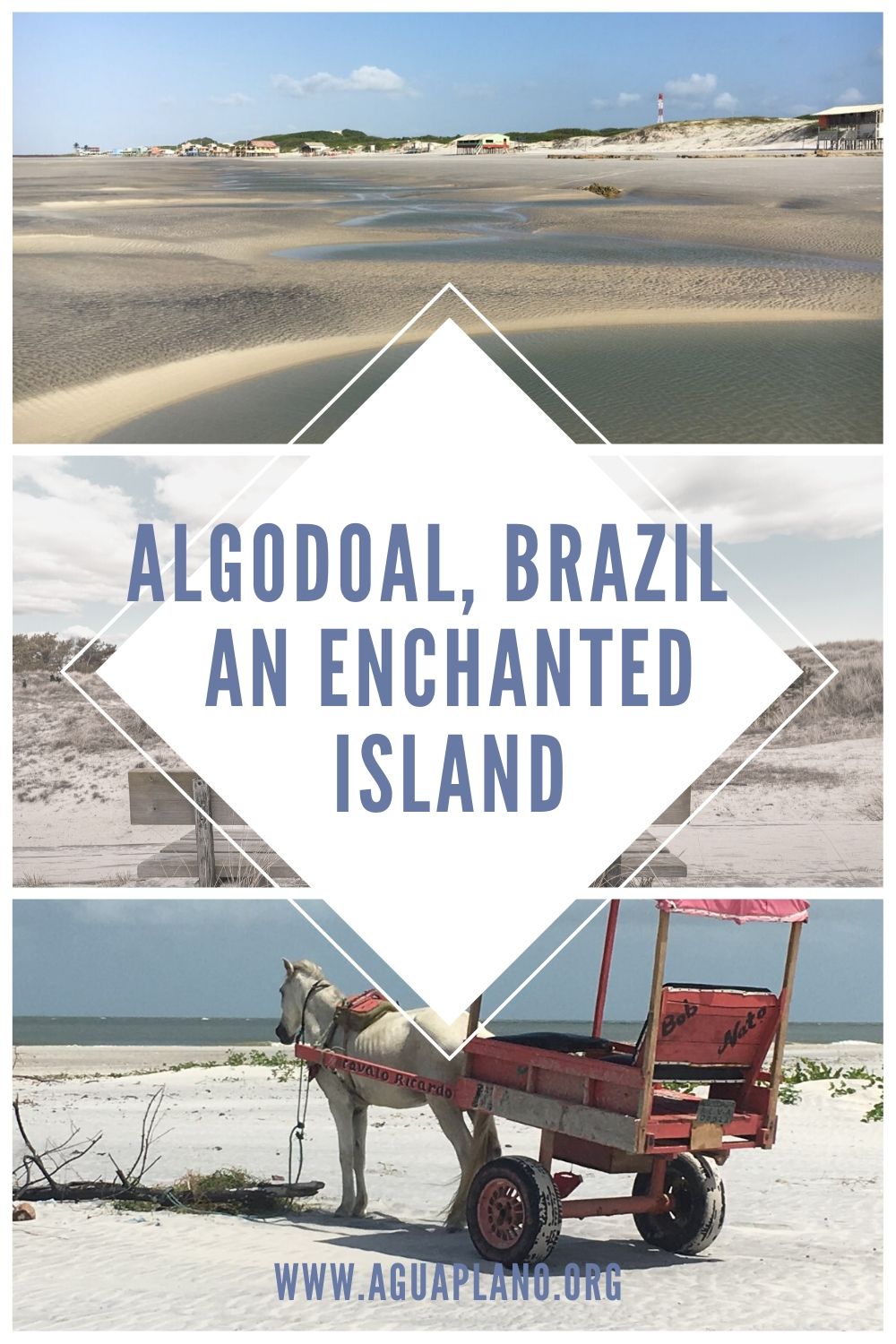
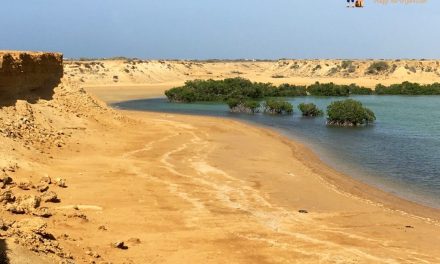
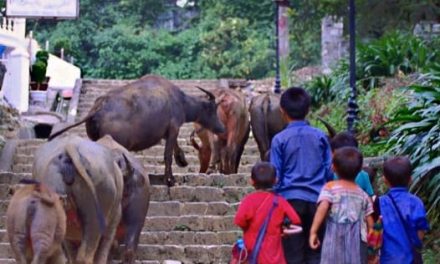
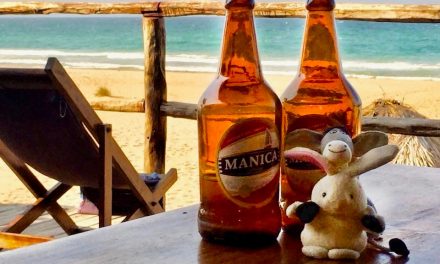

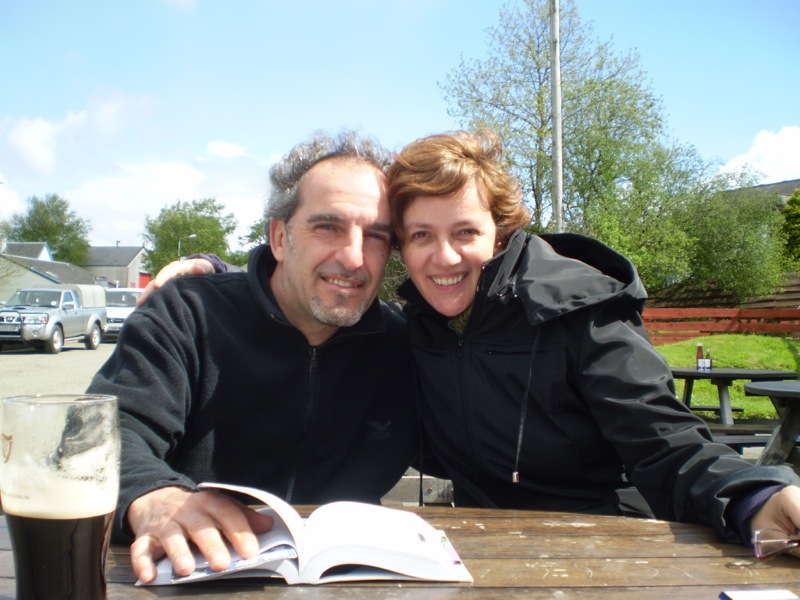
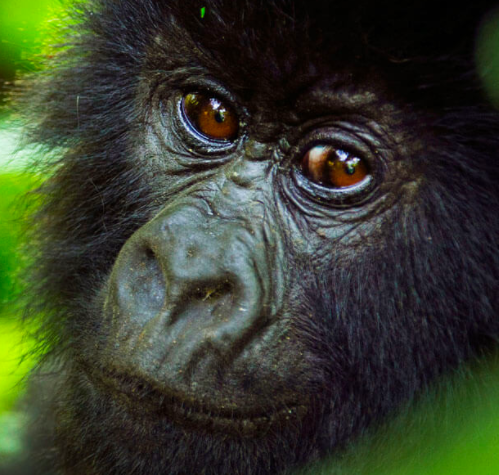
Last Comments